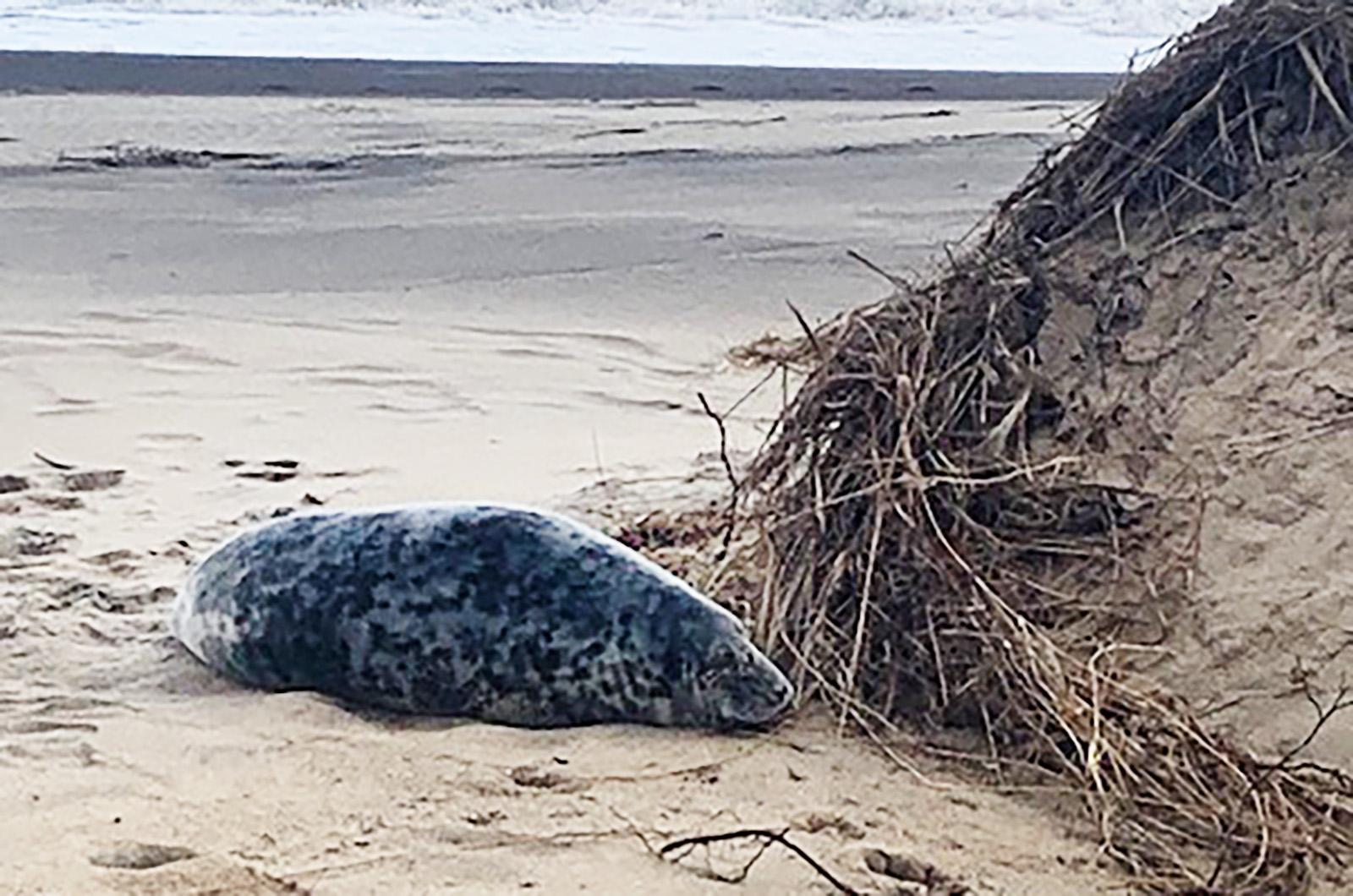Water, water everywhere, but not a drop to drink.
Surrounded by the ocean, Island residents need sources of water to drink. We have it easy with our wells and faucets providing us with a clean and potable supply coming from our sole-source aquifer.
Wildlife can’t just turn on the spigot and must get water from other sources. Sometimes hydration comes from food they eat. In other cases, animals count on surface freshwater for sustenance and have a more difficult time when the deep freeze comes and limits that resource. Reports of bluebird flocks seeking waters and appearing at heated bird baths have been coming in this week.
Even more challenged are the creatures that live in or near salt water and have less access to those types of freshwater resources. Nature, in its infinite wisdom and evolution has provided for these beasts through sometimes unique and effective adaptations.
Deer tracks on the beach and along the shores of the ponds suggest that these ungulates are coming to the water’s edge to drink. And indeed they are, since deer have the ability to consume salt water because of specialized kidneys that allow the excess salt to be filtered and excreted.
Sea birds will also partake in a salty sip. Gulls have developed their own personal desalinization system to cope with their briny environs. Above their eyes, they have special salt glands that filter and funnel salt through a duct to a nostril where the salty liquid drips out of the bird’s body.
A study of great black-backed gulls found that after the birds had ingested seawater equal to 10 per cent of their body weight, they were able to eliminate the salt load in three hours via excretions from those salt glands. For comparison, it would be lethal for a 150-pound human to consume two gallons — one-tenth of their body weight — of sea water as we don’t have any way to process it.
Even animals that live in the oceans need mechanisms for managing salt. Sea turtles also use salt glands located behind their eyes to process salt. These glands concentrate the salt and expel it through their eyes, making it appear that the turtle is weeping. Cry me a river for salt removal!
Marine mammals have specialized glands and efficient kidneys to manage their salt intake, even as they aspire not to directly drink sea water. Their kidneys are incredibly effective at filtering water and expelling excess salt. Seal urine, for example, has a very high salt concentration. Their liquid waste is 2.5 times saltier than sea water and seven to eight times saltier than their blood. Prey consumption provides water through metabolic breakdown and some species that come up on land, such as seals, will even drink snow.
Though we may think of these creatures almost as fishes out of water with their intricate methods of eliminating the essence of their environment, we know that for every grain of salt removed, the systems that accomplish that miracle are worth their salt – and more.
Suzan Bellincampi is Islands director for Felix Neck Wildlife Sanctuary in Edgartown and the Nantucket Wildlife Sanctuaries. She is also the author of Martha’s Vineyard: A Field Guide to Island Nature and The Nature of Martha’s Vineyard.




Comments
Comment policy »